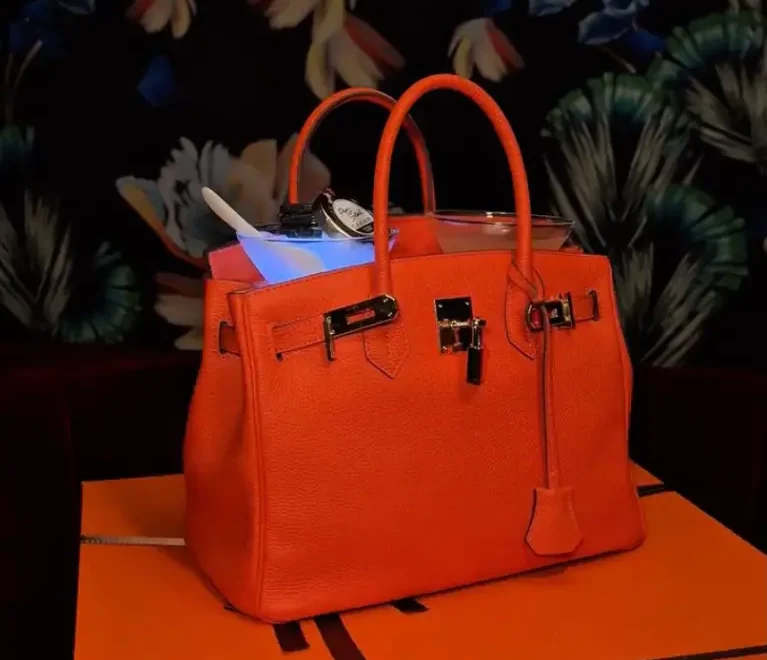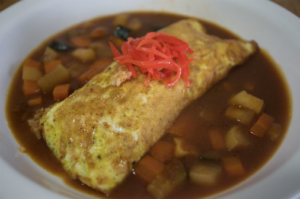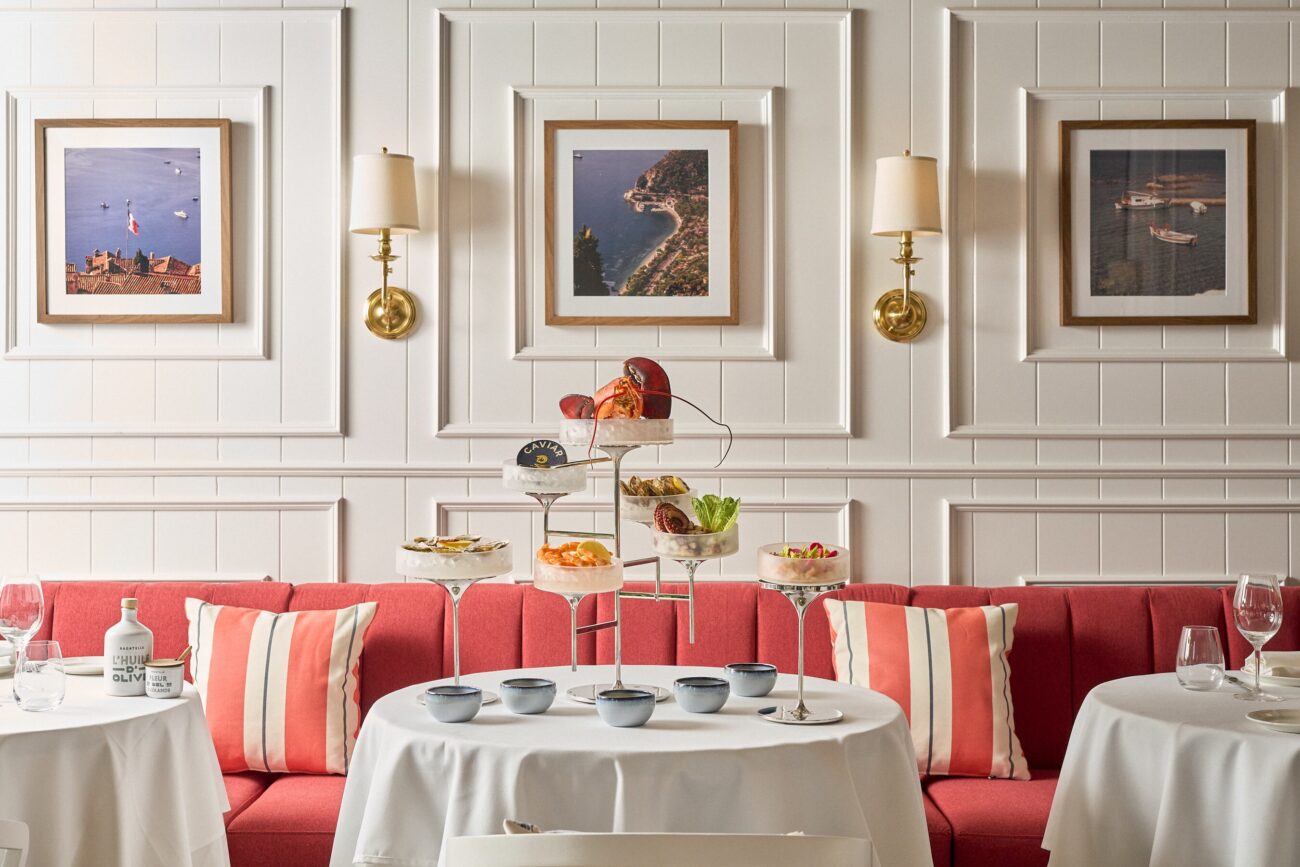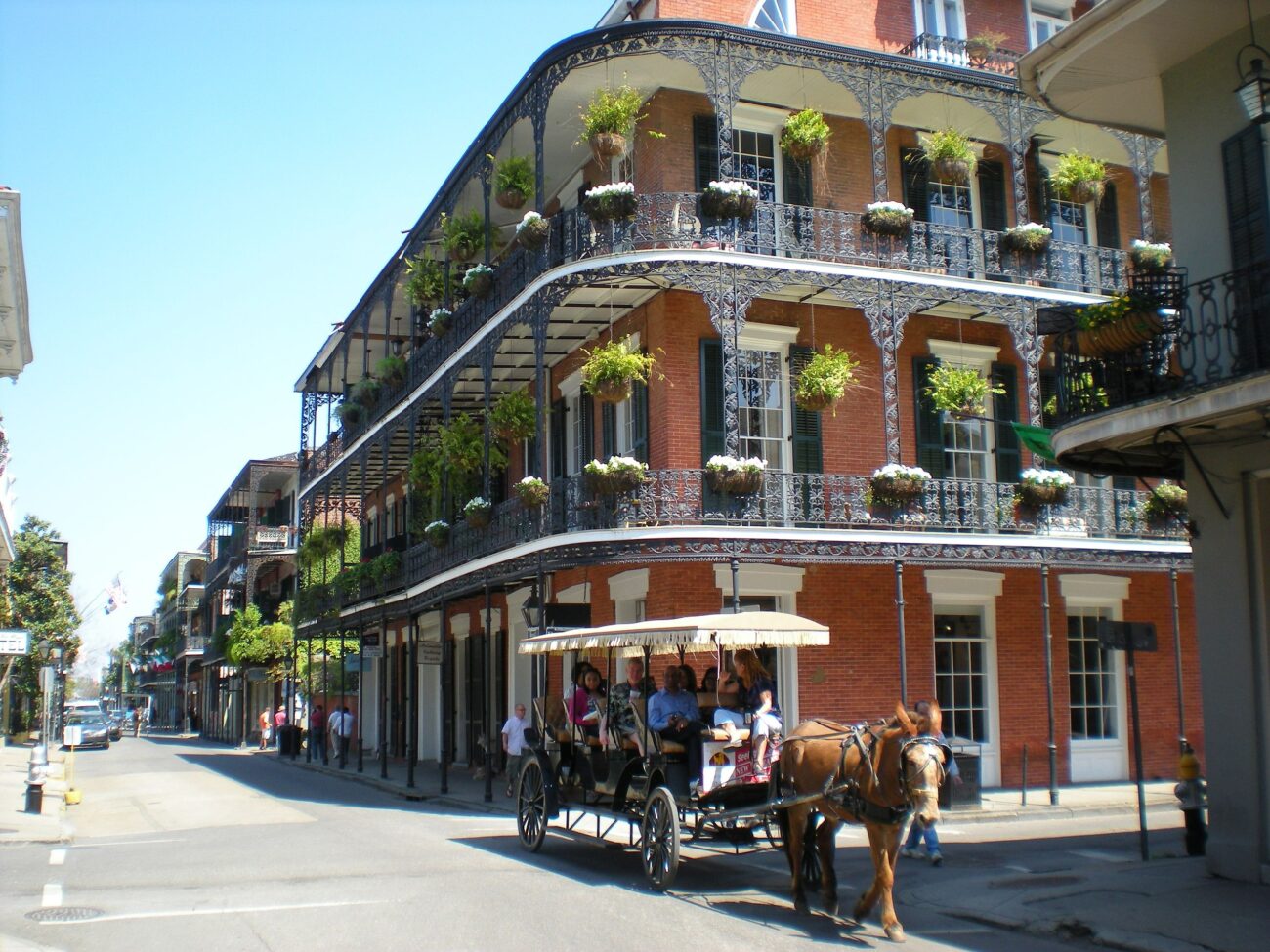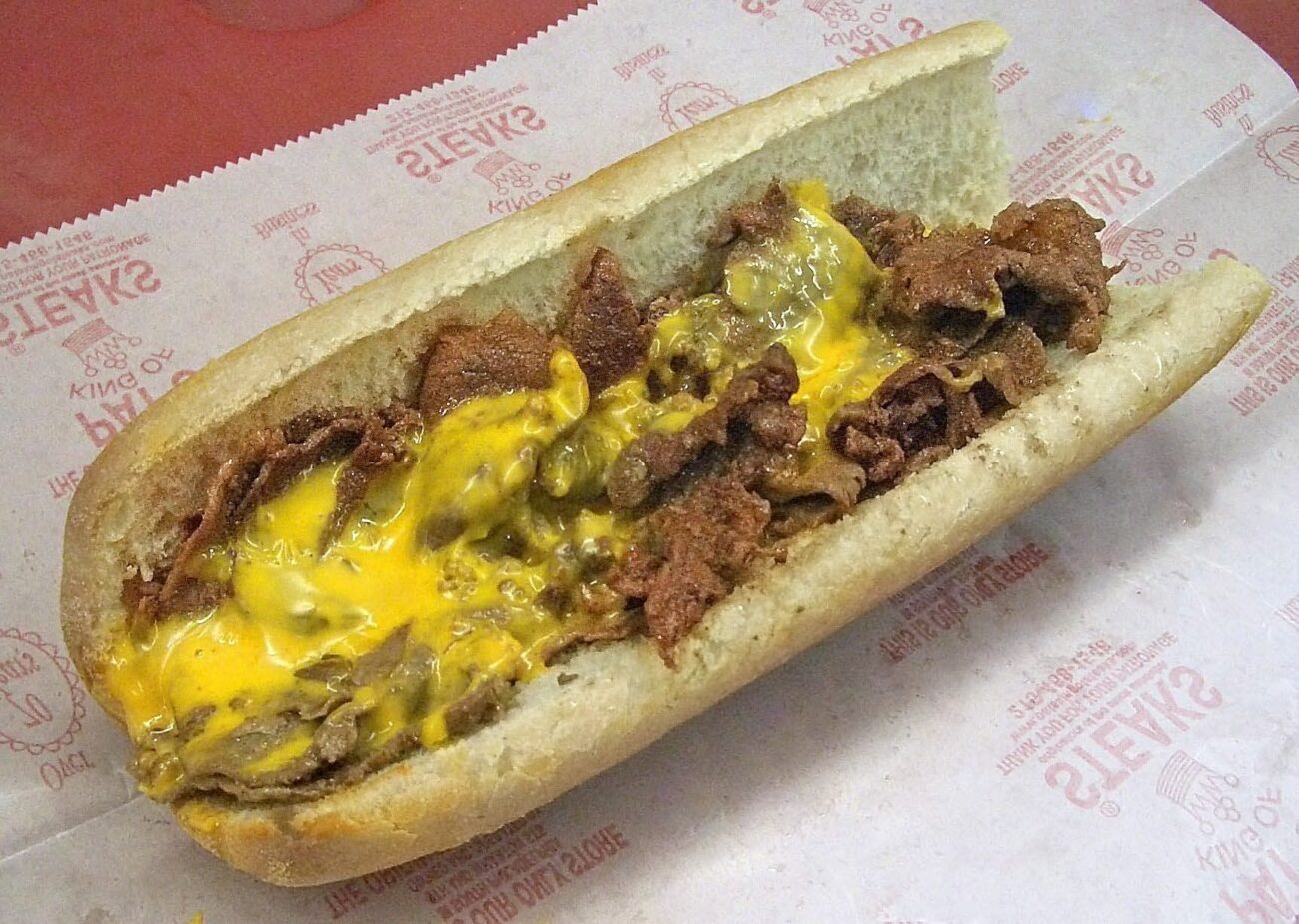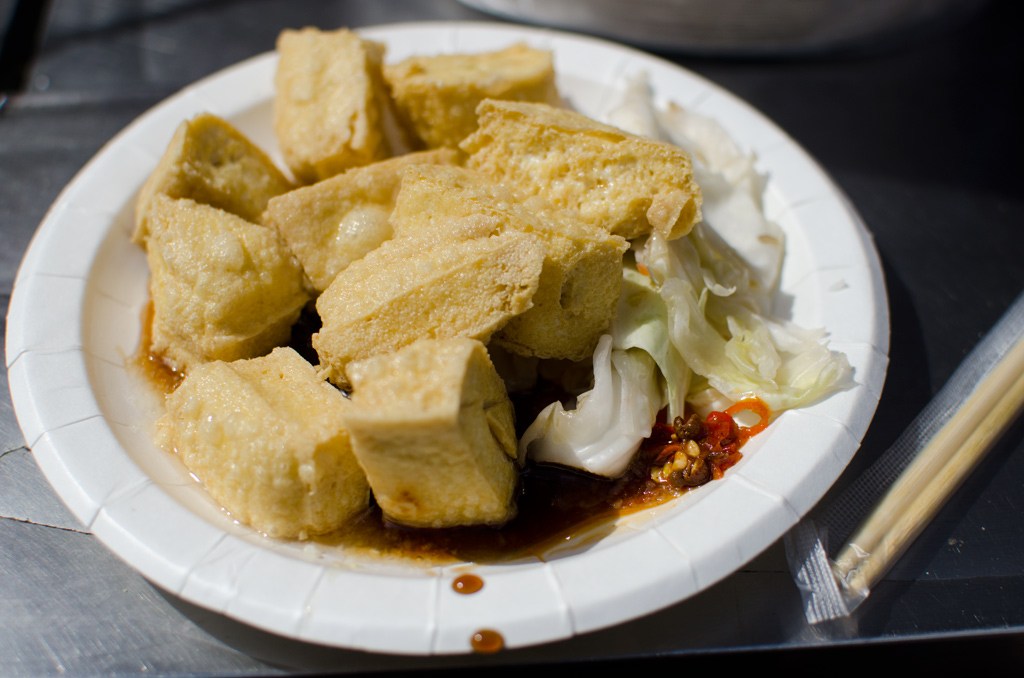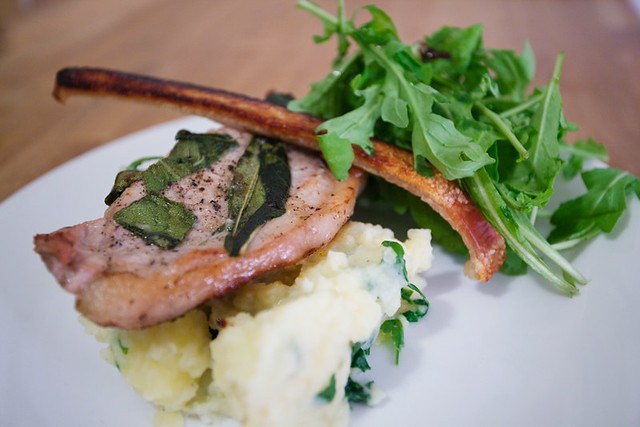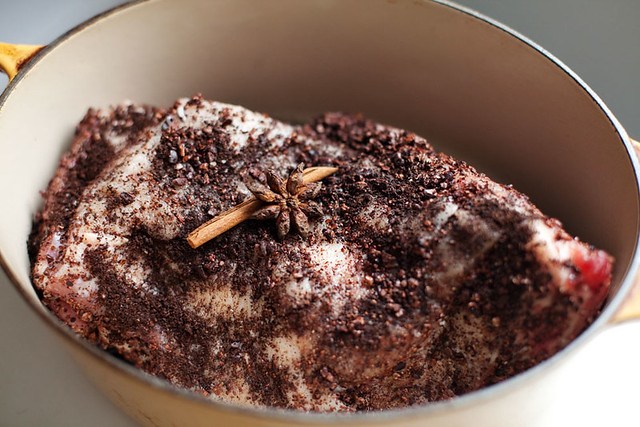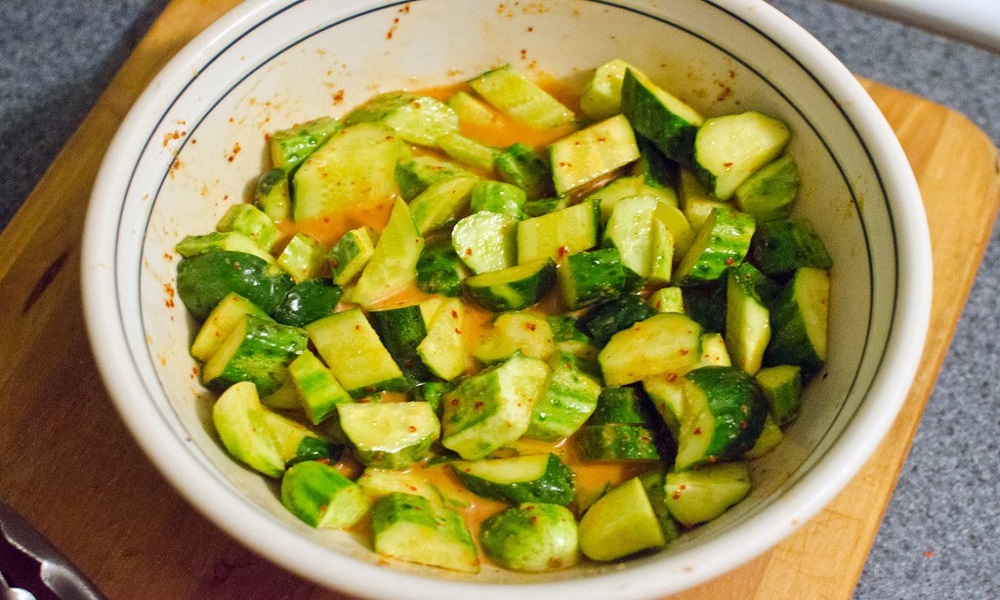Miami Beach has a new conversation starter that costs more than most cars.
Papi Steak launched a $33,000 cocktail in May that comes with something no restaurant has ever offered—a Hermès Birkin bag. The celebrity-packed chophouse turned luxury dining into retail theater with this audacious move.
“It’s Not a Bag, It’s a Cocktail” blends Belvedere 10 vodka, grape oil saccharum, Lillet Blanc, and a peach garnish, served alongside caviar. Strip away the accessories and this cocktail costs $150—steep but standard for Miami’s high-roller dining scene.
The math gets interesting with that handbag attached. Birkin bags typically require customers to build relationships with Hermès boutiques and spend tens of thousands on other products before earning purchase opportunities. Papi Steak’s offer cuts through that exclusive maze entirely. If you prefer experience to material luxury, leaving the bar and getting on a train may be the way to go.
Social media erupted when content creator Mister Lewis shared footage of the cocktail. The reactions split between excitement and suspicion. “The Birkin is fake,” wrote one commenter, pointing to missing logos in promotional videos.
Papi Steak joins restaurants in Chicago and Dubai offering high-priced experiences bundled with luxury goods—a $13,000 martini with diamond jewelry, extravagant floral arrangements worth thousands. These establishments understand that modern luxury hospitality competes with social media for attention.
The restaurant’s $1,000 “Beef Case” tomahawk steak arrives with building-wide light shows, drawing celebrities like Leonardo DiCaprio and Sofia Vergara. Each presentation generates buzz that traditional marketing cannot buy.
Whether those Birkin bags carry authentic Hermès craftsmanship remains Miami’s most expensive mystery. For diners willing to gamble $33,000 on cocktail hour, that answer determines if they’re purchasing luxury or participating in elaborate theater. If this is out of your budget, there are plenty of luxury alternatives available if you are okay with a rip off.
This trend signals something larger brewing in Miami’s dining scene. As luxury hospitality continues merging with retail experiences, expect more restaurants to blur the lines between service and shopping. The question isn’t whether this approach will spread—it’s how far other establishments will push the boundaries of what diners consider worth paying for.


